Willa Cather Memorial Prairie
Saturday morning found us at the Willa Cather Memorial Prairie in south central Nebraska. I know this blog is usually about all things Kansas, but hey, we were near the border, and couldn’t resist taking a detour up into our neighbor state. We got there just before sunrise, and watched as it slowly peeked up over the horizon.
I looked to the west and watched as the sun’s rays touched the hills and lit the clouds.
When there was enough light, we started to walk the nature trails. The Willa Cather Memorial Prairie is 600+ acres of land that was native prairie until the early 1900s. Between then and just a few years ago, it was a used for grazing cattle. Over the years it was overgrazed, the land eroded, and non-native plants choked out the native grasses and flowers. Then the land was acquired by the Willa Cather Foundation, and about 4 years ago they began to restore the prairie to its pre-1900 state by removing thousands of invasive trees and non-native plants. Prescribed burns in the spring, and short term grazing in the summer are helping to maintain the prairie and encourage the growth of native grasses and wildflowers.
As we walked the trails, we saw many wildflowers, like the Flannel Mullein, (Native American Use: leaves inserted in shoes as insulation against the cold)
Bull Thistle, (Native American Use: bristles used as the tail for blow darts)
Grooved Flax,
Black Sampson Echinacea, (Native American Use: treatment for sore throat, mumps, wounds, burns, and toothache)
Clasping Coneflower,
Catclaw Sensitive Briar, (leaflets sensitive to touch, and will fold up when disturbed)
Silktop Dalea, (Native American Use: treatment for diarrhea and colic)
Butterfly Milkweed, (Native American Use: treatment for respiratory problems)
Narrow Leaf Bluets,
Purple Prairie Clover, (Native American Use: stems made into brooms and roots chewed for the sweet taste)
and Serate Leaf Evening Primrose. (leaves fold in the mid-day sun to reduce water loss)
The prairie in the early morning light was a beautiful sight.
There were nicely mown trails to follow, and we thoroughly enjoyed walking up and down the hills as the sandpipers trilled overhead, the bees paid visits to the flowers, and we even saw a deer.
A precious resource set aside and protected for future generations, we highly recommend a visit. Here is their website: http://www.willacather.org/cather-prairie It was well worth taking the detour out of Kansas to see it.
Afterwards, we drove a few miles to Red Cloud to visit Willa Cather’s childhood home, but that’s a post for tomorrow.
~~~~~~~~~~~~
[ad name=”Google Adsense”]

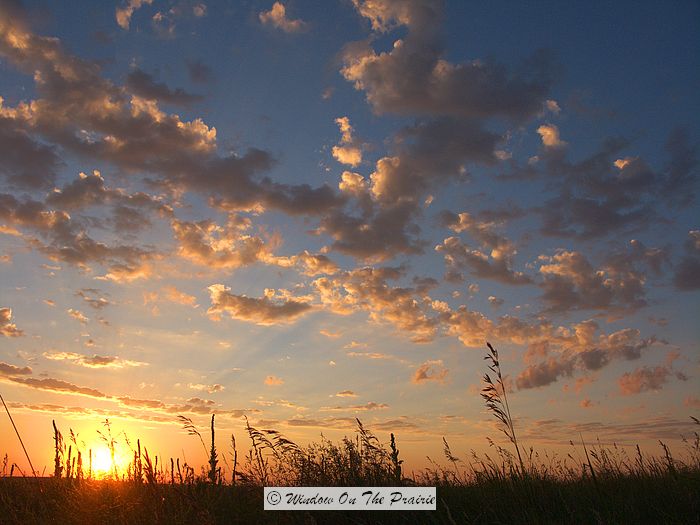

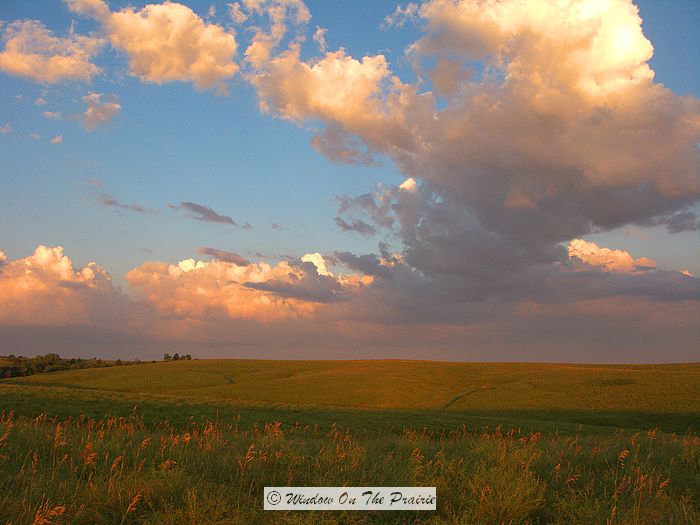
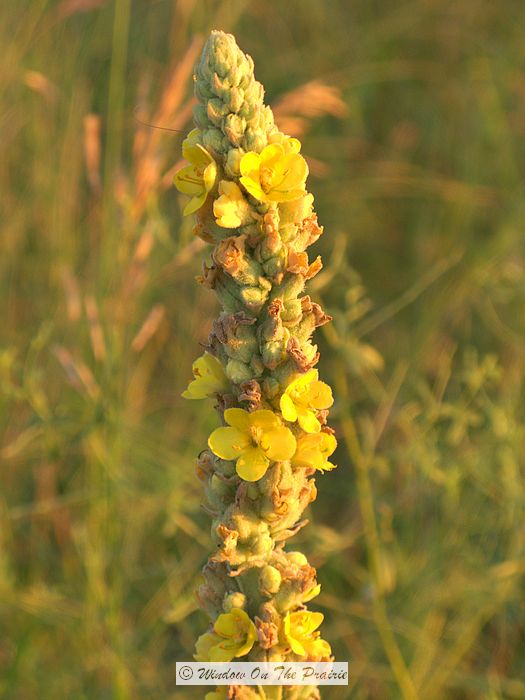
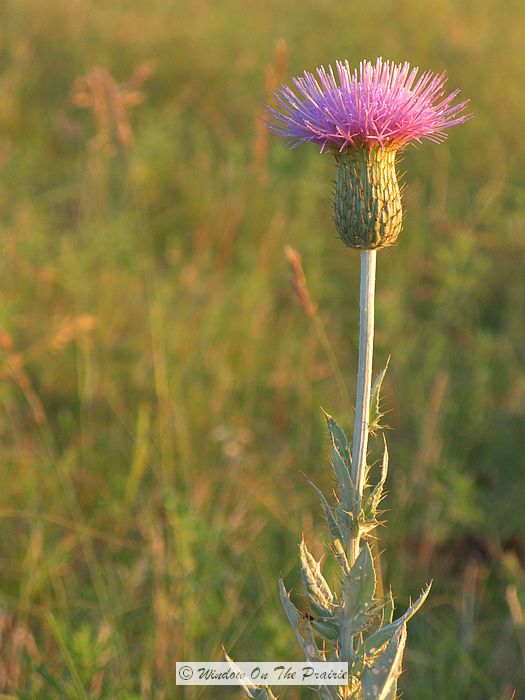

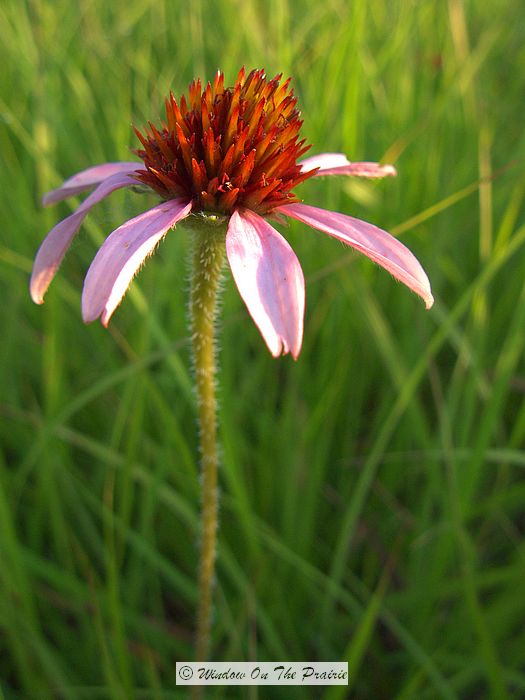
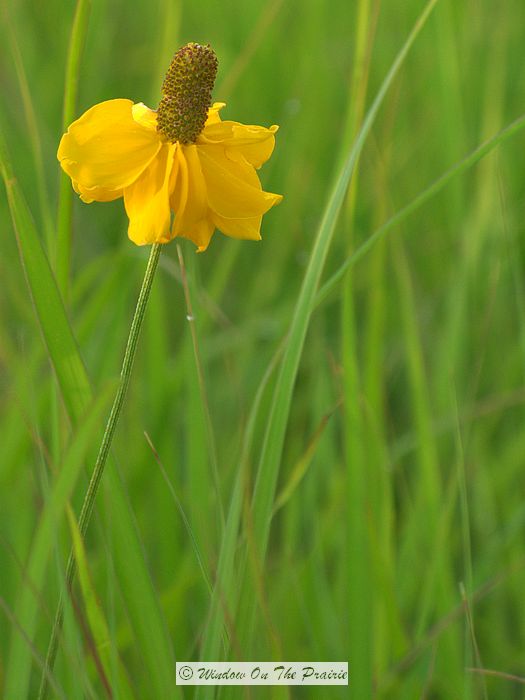
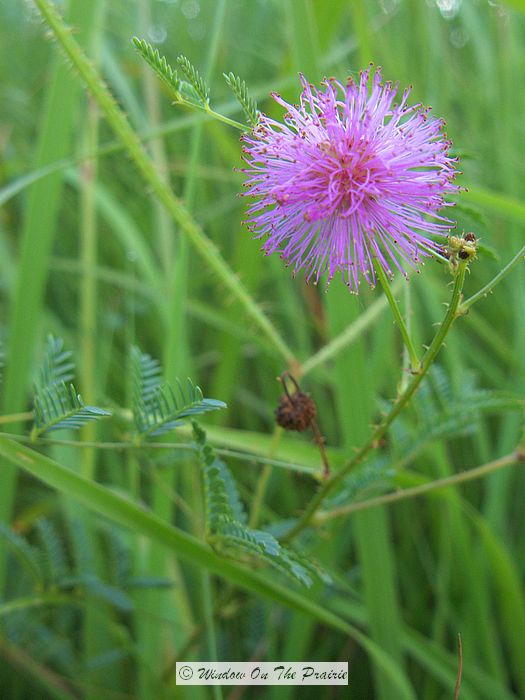
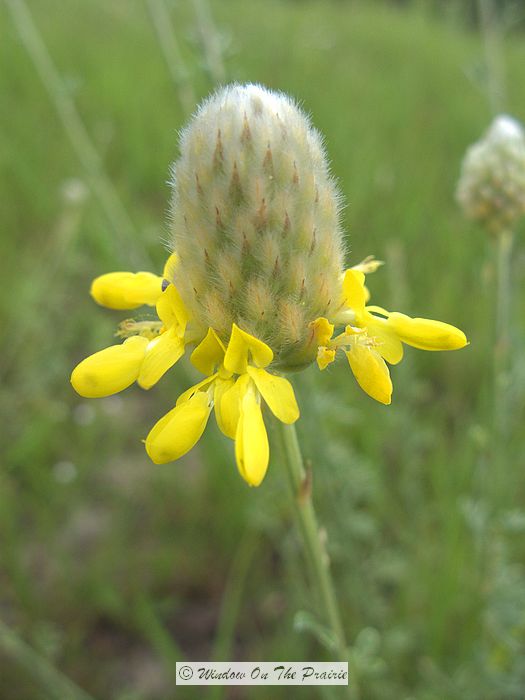
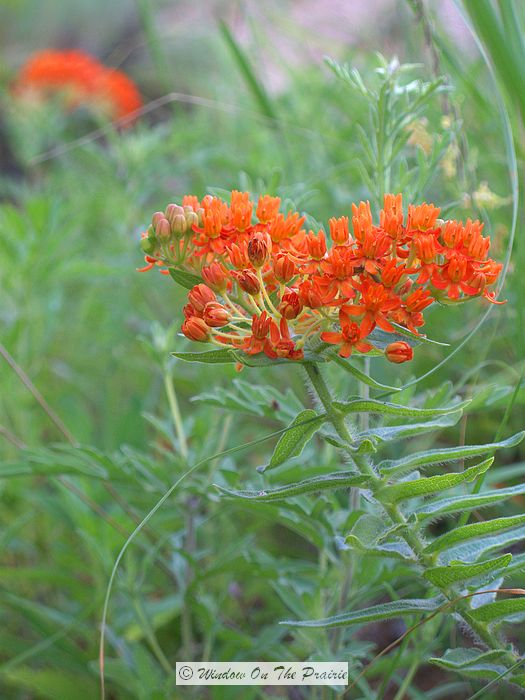
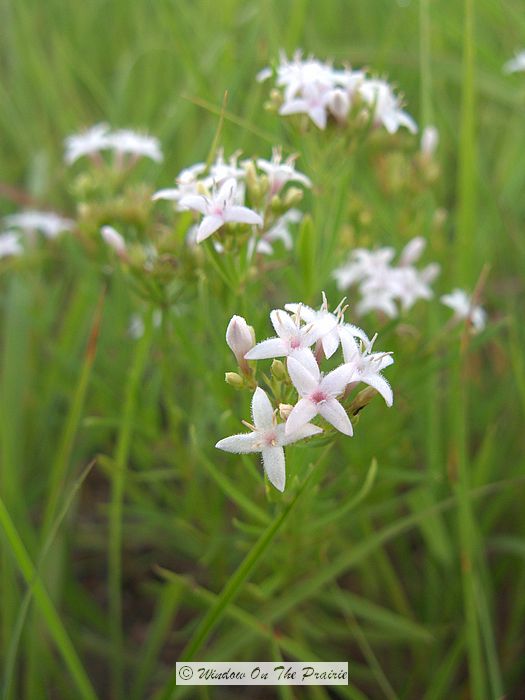
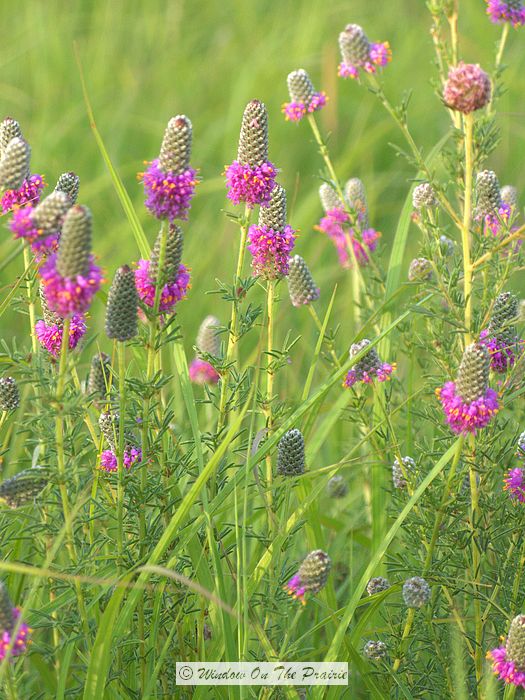

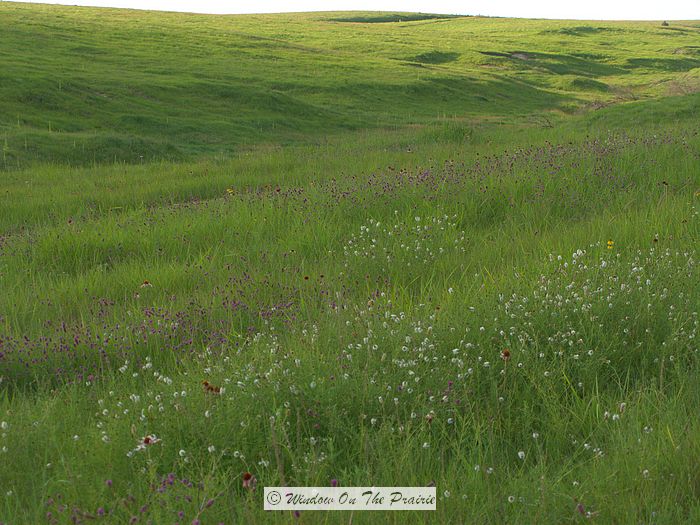
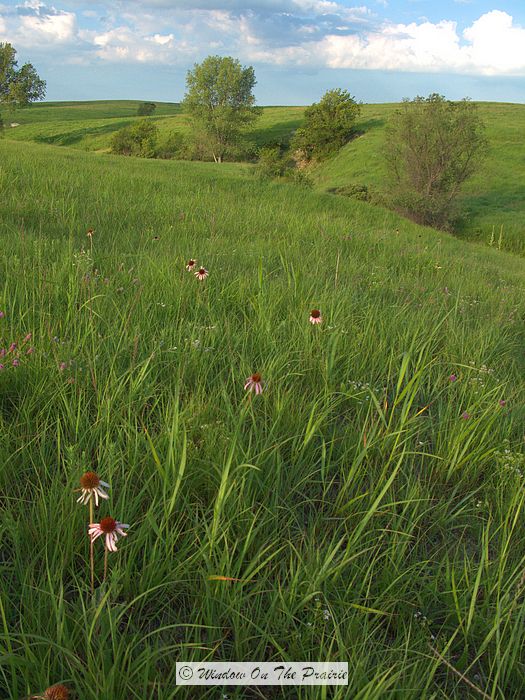
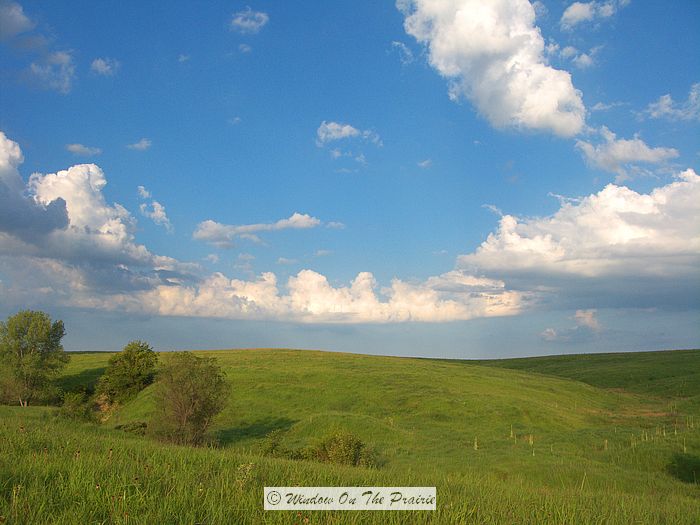
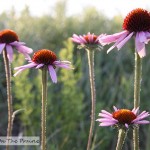
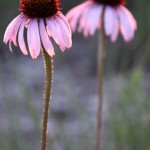
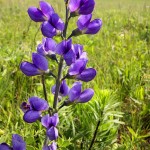
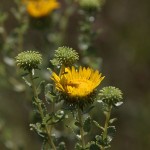

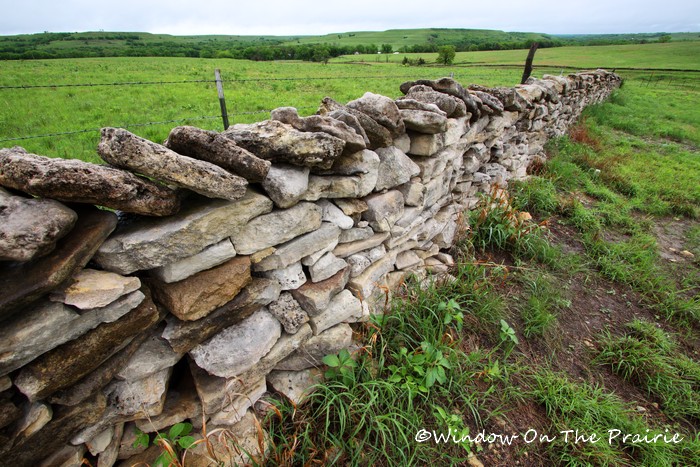
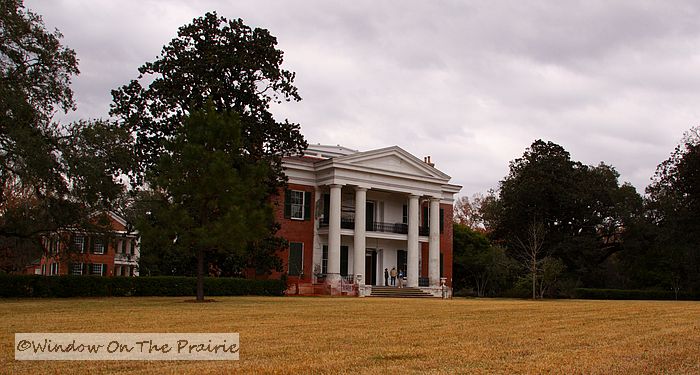
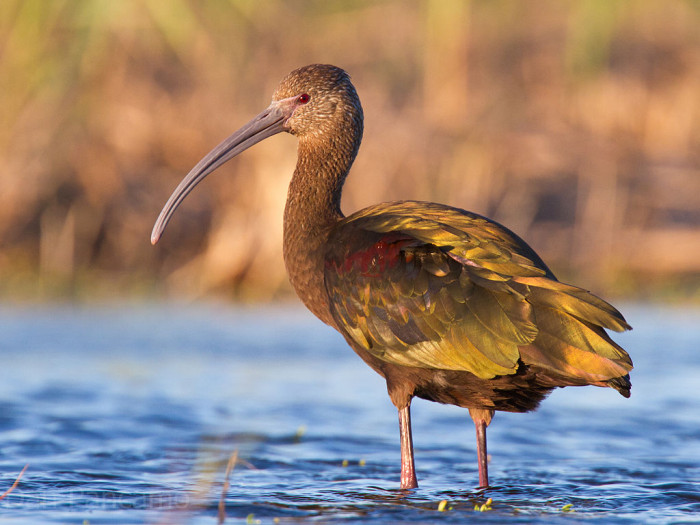
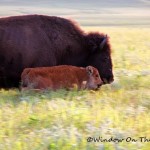
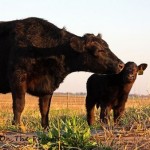
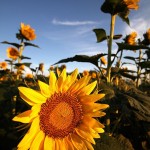







Absolutely breathtaking photos! I do so love native plants and flowers. Thank you so much for sharing!
Hi Gena,
Thank you, and I appreciate your visiting!
Such beautiful sunrise pictures . . . how lucky you guys were to be there. Isn’t the light a pretty gold color at that time of day. The sky looks so huge, even on my little computer screen.
Vivian,
Thank you! I’m usually not a sunrise person, and Harland had to talk me into this one. But the lost sleep was worth it.
Suzanne
There’s nothing like taking photos at sunrise and you did it beautifully. Glorious, glorious images that make me want to visit.
Hi Robin,
Please do visit if you can. Well worth the trip.
Thank you for stopping by.
This is my kind of blog.
Susan,
Thank you!
Just wondering if you have all that knowledge in your head already, or if you have to research much? Great info and beautiful pictures!
Hi Melanie,
A little of both. And I ask Kitty when I’m really stumped, she knows all the answers.
Thank you!
A very creditable job indeed by the Willa Cather Foundation of restoring the prairie. We know the Catclaw Sensitive Briar here as Touch-me-Not. Interesting — how the wild flowers are all armed with claws, clasps, thistles, hooks and whatnot for survival and propagation. Lovely pics.
Hi Shailaja,
LOL. Yes, seems all the plants have some sort of security system in place. But they would have to considering there used to be roaming herds of buffalo, elk, and deer there.
Thank you for visiting.
I was just reading about Iowa prairies and how between controlled burns and grazing cattle (due to a lack of bison or buffalo), historic conditions are being replicated and which encourages and helps praires to prosper. Interesting read and lovely photos. Thank you.
Hi Nance,
Thank you!
I absolutely love the pictures with the rolling hills. It looks a little bit like home.
Hello Teresa,
Glad you enjoyed this. Thanks.!
We have a musk thistle here, sort of like your bull thistle, only it’s called Nodding Thistle, bad stuff really. But oh so beautiful.
Linda
http://coloradofarmlife.wordpress.com/
Hi Linda,
We have musk thistle here too. Harland spends time every summer killing it in our pastures. It’s not native, and if left to its own devices, it would take over the world.
Suzanne
There is just something about wild flowers that makes me happy! These photos make me really appreciate the prairie…I feel like I could just sit there for hours and take in all the beauty!
Hi Bonne,
Me too, until I think about the possiblity of chiggers, and then I move on.
Thank you,
Suzanne
As a native Kansan living in Nebraska, I’m glad to see you write about both. You’ve given me some good ideas about places to visit.
Hi Lisa,
I hope so – there is a lot to see is both states.
Take care,
Suzanne
Incredible! I want one! Where can I get it? Never heard of that echinacea, and I have at least one of most.
I am very new to your blog, and as a lover of road trips (I’m doing a series on Montana, Yellowstone etc starting here in Oregon) I’m really enjoying your road trip entries. The photography is awesome! I’ve never been east of Wyoming/Montana, so I love seeing your corner of the world.
Hello Mokihana,
Welcome, and Thank you!
Suzanne,
I’m putting together an annotated ebook version of “My Antonia” and would like permission to use a few of the images on this page. I would, of course, credit you. BTW, your photos are terrific.
John